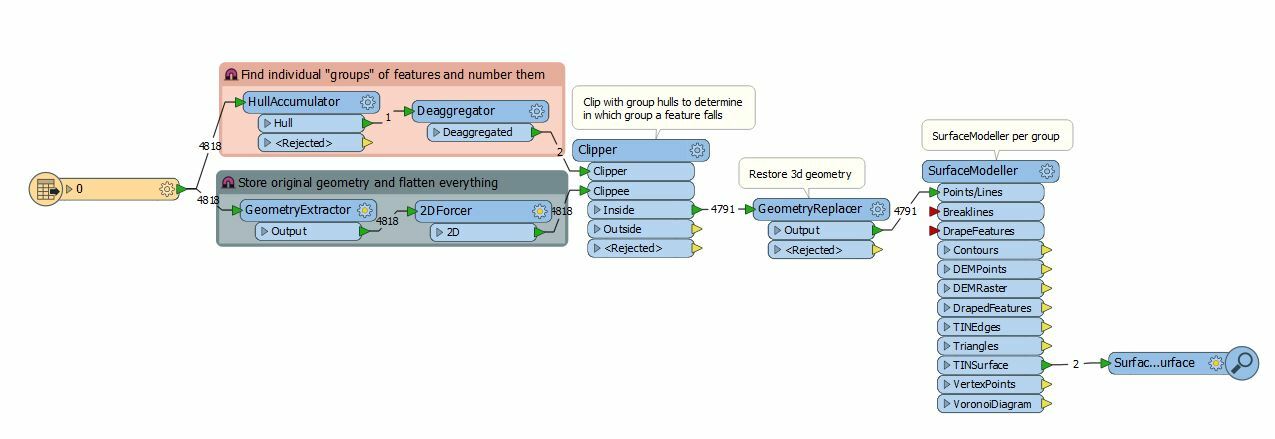Given the attached dxf containing 3d faces (fme_geometry: fme_aggregate), I'm trying to produce a surface of the top of the 3d shape.
The 3d shapes will contain holes.
I'm not having much success so hoping someone can point me in the right direction.
Thanks!
Best answer by takashi
View original







